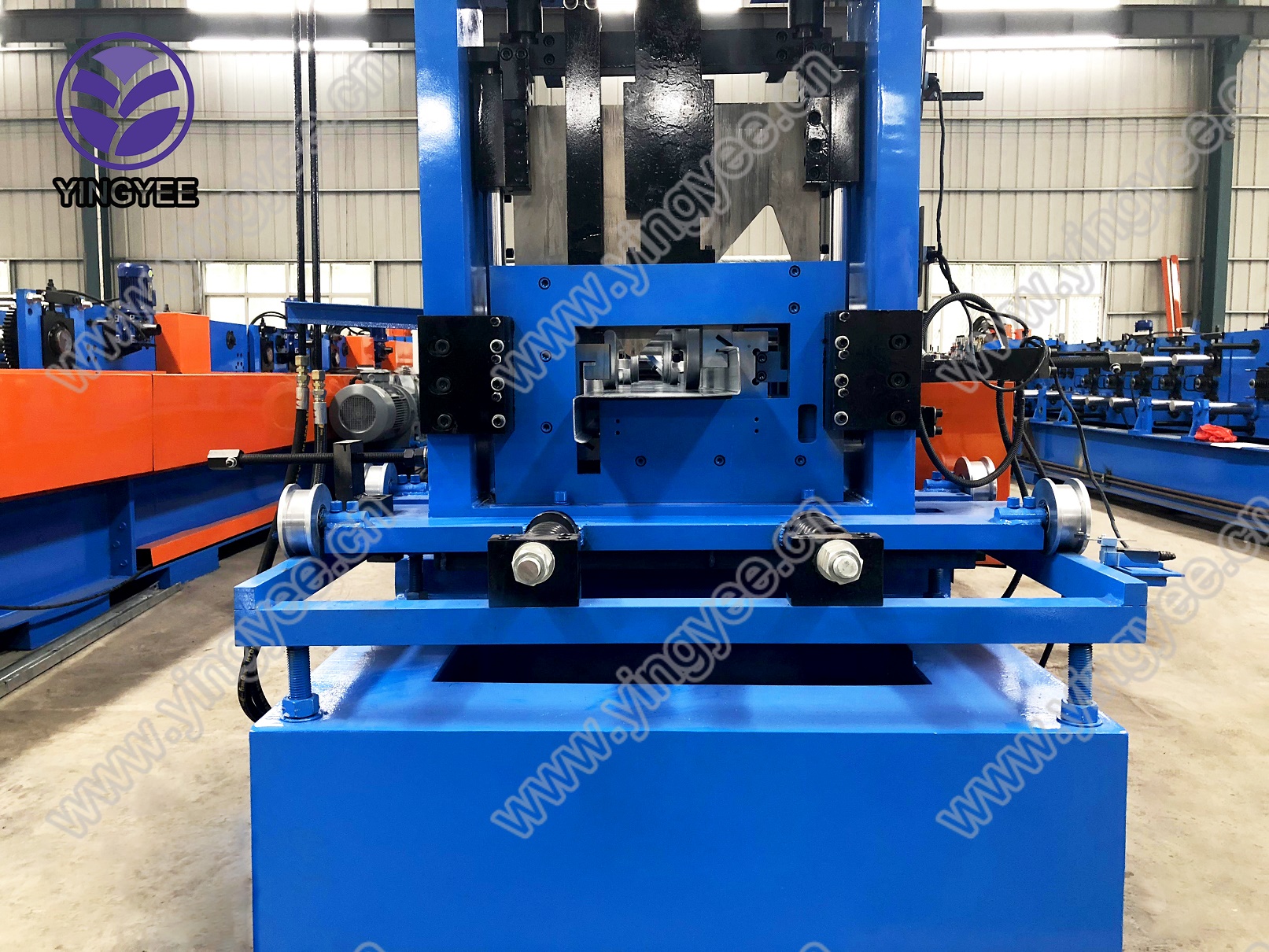
The Evolution and Significance of China's Light Keel Roll Forming Machine
In recent years, the construction industry has seen rapid advancements in technology, particularly in the tools and machinery used for manufacturing building components. Among these innovations, the light keel roll forming machine stands out as an essential piece of equipment, particularly in China, where the demand for lightweight and durable building materials is increasing. This article explores the evolution, features, benefits, and applications of light keel roll forming machines in the modern construction landscape.
Evolution of Light Keel Roll Forming Machines
The concept of roll forming dates back to the early 20th century, but it was only in recent decades that it gained prominence in China. As the country embarked on massive urbanization projects, the need for efficient and economical production processes became evident. Manufacturers began to develop specialized machines capable of producing light steel keels—essential structural components used in drywall and ceiling installations.
The light keel roll forming machine has evolved significantly over time, integrating advanced technologies such as computer numerical control (CNC) systems, automation, and enhanced material handling capabilities. This has resulted in machines that are not only faster and more efficient but also capable of producing a wider variety of profiles and sizes.
Features of Light Keel Roll Forming Machines
Light keel roll forming machines are typically designed with several key features that enhance their performance. These machines are composed of a series of rollers that shape metal strips into desired forms through progressive deformation. The materials typically used include galvanized steel, cold-rolled steel, and other metals that offer strength while remaining lightweight.
1. Precision Engineering One of the most significant features of these machines is their precision. With advanced CNC technology, manufacturers can achieve tight tolerances, ensuring that each product meets stringent quality standards.
2. High Production Efficiency Light keel roll forming machines can produce large volumes of keels in a relatively short time, thus maximizing output and minimizing labor costs. Automated systems further streamline production processes.
3. Versatility These machines can be adjusted to produce different profiles, such as U-shaped, C-shaped, or L-shaped keels, making them suitable for various construction applications.

Benefits of Using Light Keel Roll Forming Machines
The adoption of light keel roll forming machines brings numerous benefits to manufacturers and the construction industry as a whole
- Cost-Effective Production By automating the manufacturing process, businesses can significantly reduce labor costs and waste, leading to reduced overall production expenses.
- Improved Quality Control The precision offered by these machines allows for consistent production quality, which is crucial in construction projects where safety and standards are paramount.
- Environmental Sustainability Lightweight materials lead to lower transportation costs and energy consumption during installation. Additionally, the reduction of waste during manufacturing further minimizes environmental impact.
Applications in the Construction Industry
Light keels have diverse applications in the construction sector. They are primarily used in the production of ceiling frameworks, wall partitions, and lightweight structures. Their capacity to support various finishes and their compatibility with modern construction methods make them invaluable.
In conclusion, China's light keel roll forming machine represents a significant advancement in the construction industry. As the demand for efficient, cost-effective, and high-quality building materials grows, these machines will continue to play a pivotal role in meeting those needs. With ongoing innovations and enhancements, the future of light keel roll forming machinery looks promising, set to contribute to sustainable construction practices and the evolving architectural landscape.